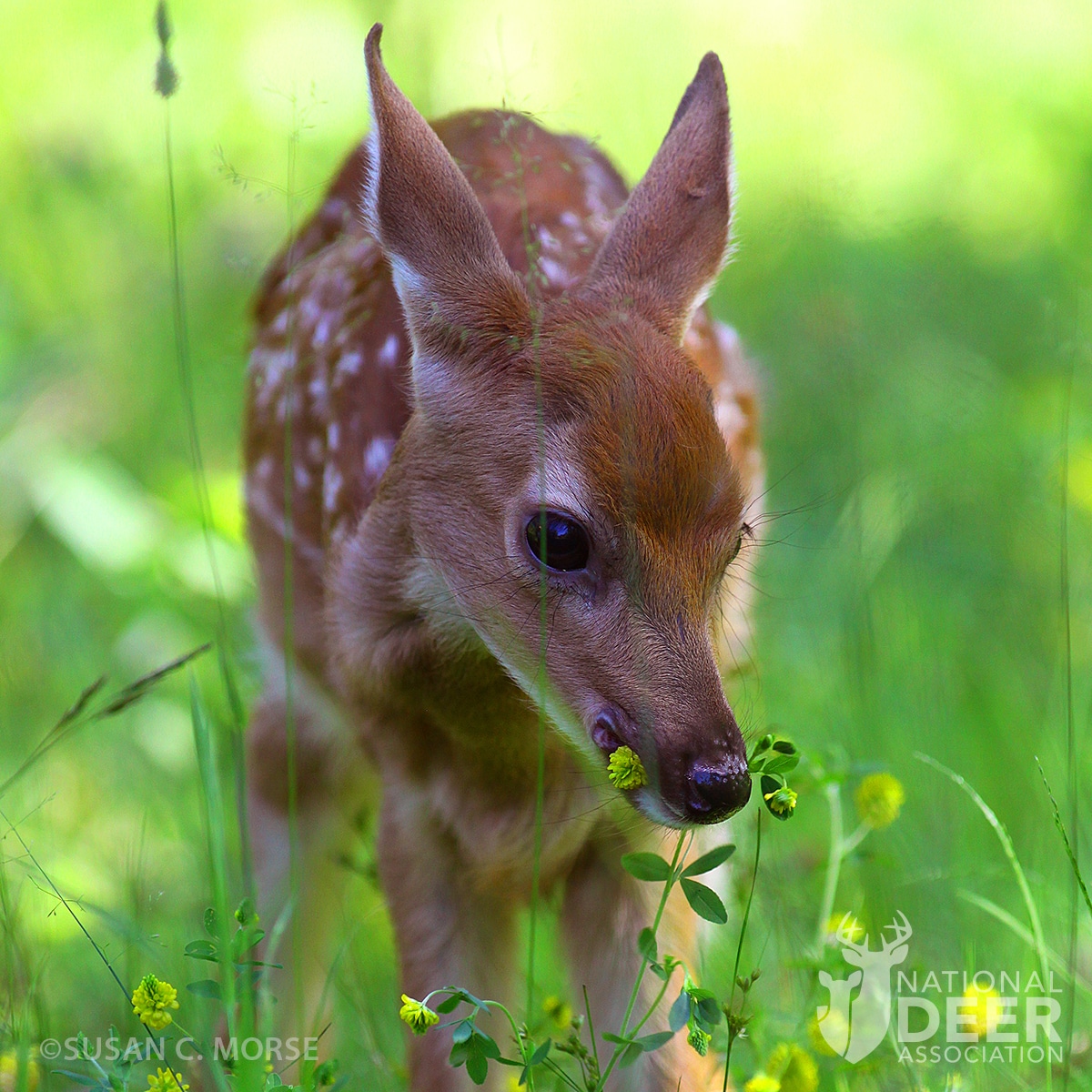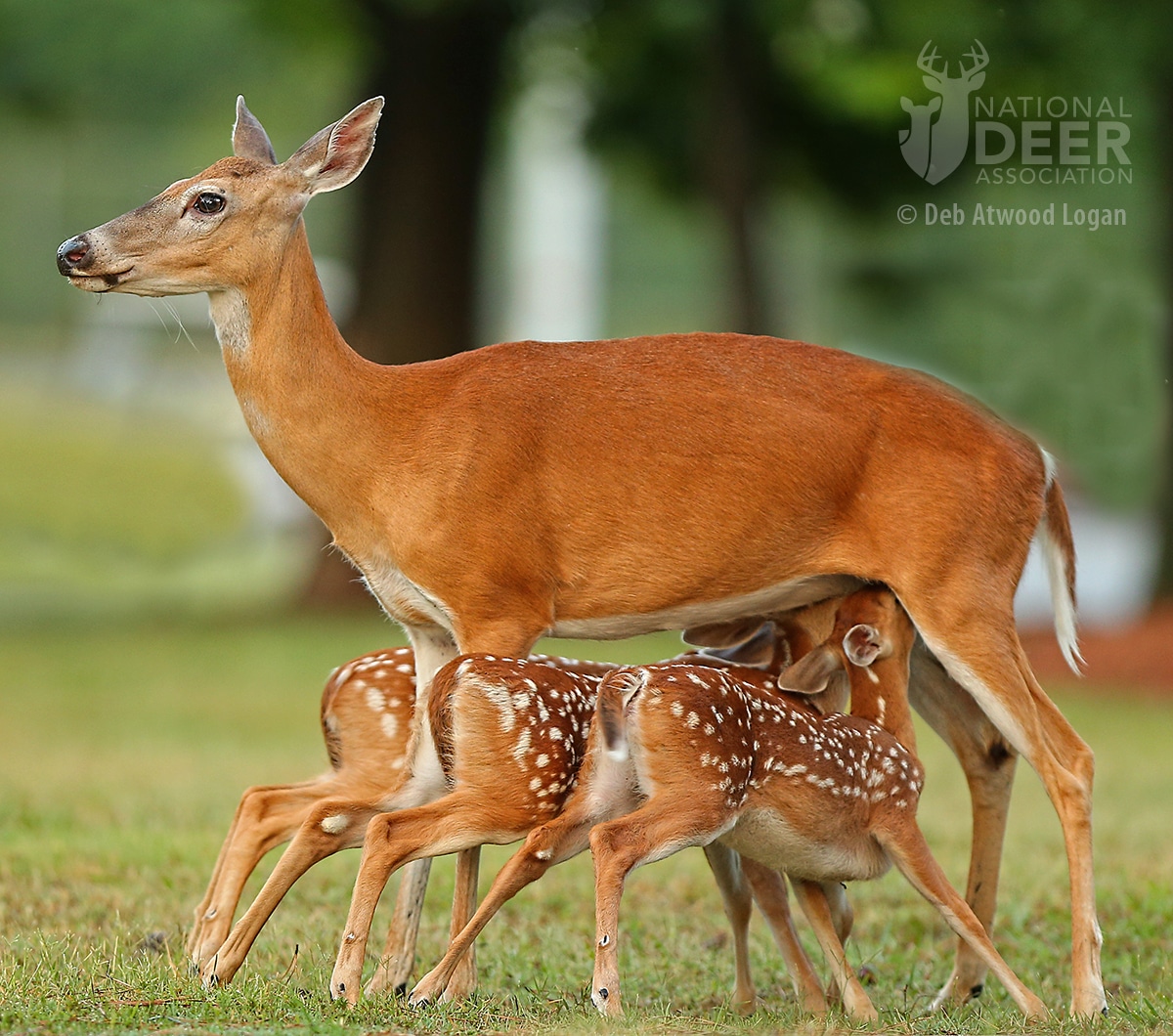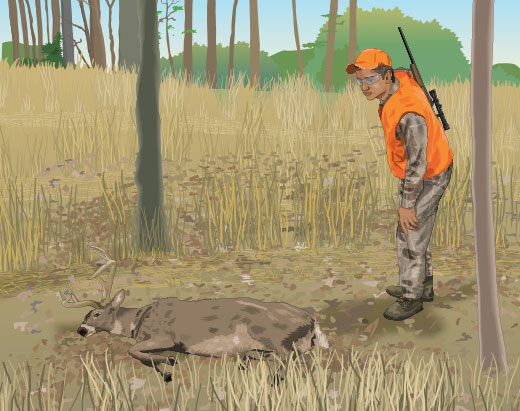When are Most Fawns Born: Unveiling Nature’s Timetable
Most fawns are born in late spring to early summer. This period usually falls between May and June.
But why is this time so crucial for fawn births? The timing of fawn births aligns with the abundance of food and mild weather. This makes it easier for the mother to find nourishment and care for her young. Newborn fawns need warm conditions and plenty of food to thrive.
The natural environment during late spring and early summer provides just that. Understanding the birth patterns of fawns can help in wildlife conservation efforts. It also provides insights into the behavior and survival strategies of deer. Keep reading to learn more about why most fawns are born during this specific time of the year.

Credit: wildlifecenter.org
Introduction To Fawn Births
Fawns are baby deer. They are born in a special season. Timing is very important for their birth. It helps them survive and grow. Most fawns are born in late spring. This is when food is plenty. Their mothers can find enough to eat. This helps them produce milk. The warm weather also helps the fawns. They can stay warm and safe.
Birth timing is key for fawns. If born too early, they might face cold weather. If born too late, food might be scarce. Thus, most fawns are born in May or June. This is the best time for their growth. They get the best chance to thrive.
There are many types of deer. Each has its own birth time. For example, white-tailed deer have their fawns in late spring. Mule deer also follow this pattern. Each species adapts to its environment. This ensures the best survival rate for fawns.
Biological Factors
The gestation period for deer is about 200 days. This means that fawns are typically born in late spring. Pregnancy starts in the fall after mating season. Deer time births to ensure the best conditions for their young. Warm weather and abundant food help fawns grow strong.
Deer have specific mating seasons called the rut. This usually happens in the fall. During the rut, bucks and does pair up to mate. Female deer go through estrus cycles. They can only conceive during a short window of time. This cycle ensures births happen in the spring. Fawns have the best chance of survival.
Seasonal Patterns
Most fawns are born in the spring. The months of May and June are common for fawn births. This time offers mild weather and fresh food. The days are longer, providing more light. Fawns can grow quickly in these conditions. Predators are less active in spring. This makes it safer for newborn fawns.
Some fawns are born in summer. This usually happens in July. Summer births are less common than spring births. Food is still plentiful. The weather is warm, but sometimes too hot. Water sources can dry up. This can make it hard for fawns to stay hydrated. Predators can be more active in summer, increasing risks for young fawns.
Geographical Variations
Fawns are usually born in late spring or early summer. Different regions see variations based on climate and food availability. Deer adapt to local conditions, ensuring fawns have the best chance of survival.
North American Deer
Most fawns in North America are born in late spring. This is usually around May and June. The weather is warm, and food is plentiful. This helps fawns grow strong. Deer time their births to give fawns the best start in life. Predators are less active in late spring, which keeps fawns safer. Mothers can find more food to nurse their young.
European Deer
In Europe, fawns are often born in late spring or early summer. June is a common month for births. This timing ensures that the weather is mild. Fawns can grow quickly with plenty of food. European deer also face fewer predators in these months. This makes it easier for fawns to survive. The birth timing is key for fawn safety and growth.
Environmental Influences
Temperature plays a big role in when fawns are born. Warm weather can speed up the process. Cold weather can slow it down. Fawns need a mild climate to thrive. Temperatures that are too high or too low can be harmful. This is why most fawns are born in late spring or early summer. These months offer the best conditions for their survival. Mild temperatures are crucial for their growth and safety.
Food is important for the birth of fawns. When there is plenty of food, does are healthier. This means they can give birth to strong fawns. In spring, plants start to grow. This makes it a good time for fawns to be born. They need lots of nutritious food to grow fast. If food is scarce, does may delay birth. This ensures that fawns have the best chance to survive.

Credit: www.mass.gov
Predator And Survival Strategies
Fawns have strong hiding instincts. They stay hidden in tall grass. This helps them avoid predators. Their spots also help them blend in. These spots look like sunlight on the ground. Predators find it hard to see them. Fawns stay very still. Even if danger is close, they do not move. This makes them hard to find.
The mother deer plays a big role. She keeps the fawn safe. The mother eats away from the fawn. This keeps predators away from the baby. She returns to feed the fawn. The mother teaches the fawn to sense danger. She shows the baby where to hide. This training is important for the fawn’s survival.
Human Impact
Urban areas expand. Deer habitats shrink. Fewer places are left for deer. Fawns are born in smaller spaces. Noise and lights disturb them. Traffic is a big danger. Many fawns die on roads. People and pets can scare them. It is hard for fawns to find food. They need to hide from predators. Urbanization makes life tough for fawns.
Hunting rules can help fawns. Hunters must follow seasons. They cannot hunt fawns. This gives fawns a chance to grow. Some places limit hunting areas. Hunters need permits to hunt. Rules protect mother deer too. They need to care for fawns. Regulations help balance deer numbers. This keeps deer and hunters safe. Good rules can save many fawns.
Research And Data
Most fawns are born in late spring to early summer. This timing ensures favorable weather and abundant food. Deer mothers choose these months for their offspring’s best chance of survival.
Tracking Methods
Scientists use many methods to track fawns. They use GPS collars. They use camera traps. These tools help them find birth dates. They also use field observations. Researchers walk in the forest. They look for signs. They find fawns and note the time. This data helps them learn.
Recent Findings
Most fawns are born in spring. This is a time of growth. Many plants and insects are around. These provide food for the fawns. The weather is warmer. This helps fawns survive. The exact month can vary. It depends on the region. In some places, it is May. In others, it is June. These findings are from recent studies.

Credit: deerassociation.com
Frequently Asked Questions
When Are Most Fawns Born?
Most fawns are born in late spring to early summer. This period usually spans from May to June.
Why Are Fawns Born In Spring?
Fawns are born in spring to take advantage of abundant food. This helps the mother and fawn thrive.
How Long Is A Doe’s Gestation Period?
A doe’s gestation period is about 200 days. This leads to fawns being born in spring.
Are Fawns Born With Spots?
Yes, fawns are born with white spots. These spots help camouflage them from predators.
Conclusion
Fawns are usually born in spring. This is due to better weather. Food is abundant then. Mother deer have more strength. Fawns grow quickly in this season. Nature ensures their survival. Observing fawns in spring is a delight. They bring joy and wonder.
Keep an eye out during your next walk. Nature’s cycle is amazing.





